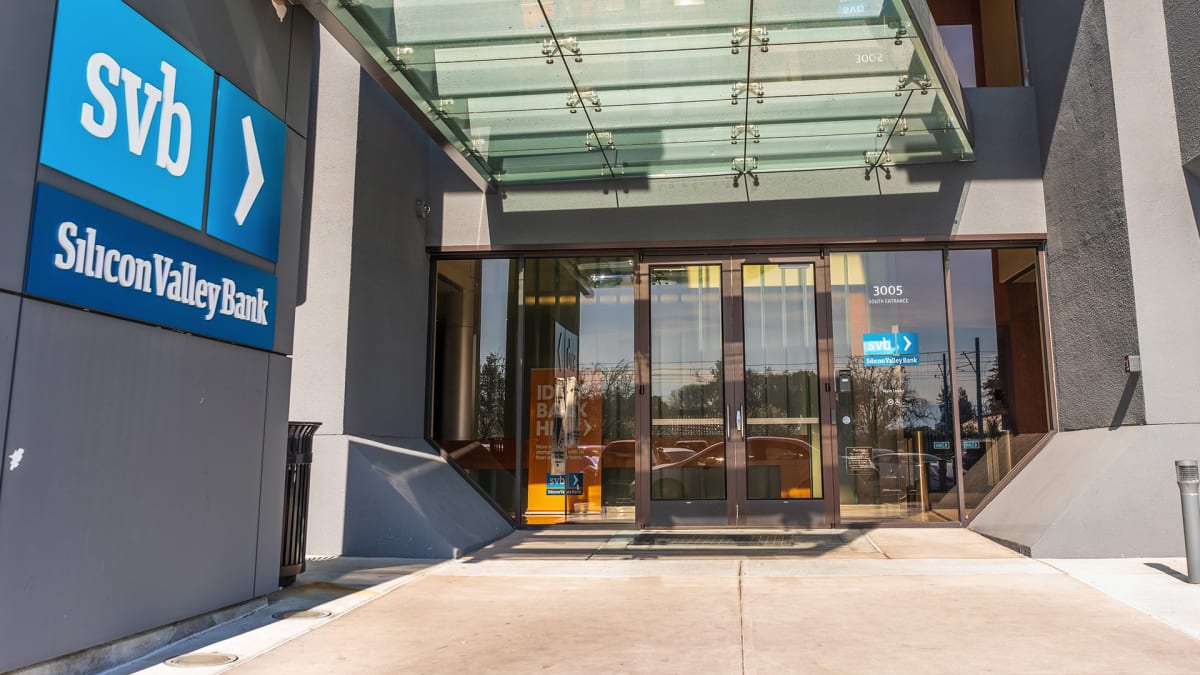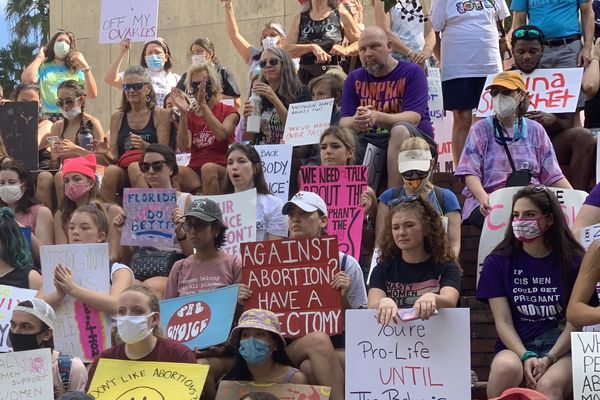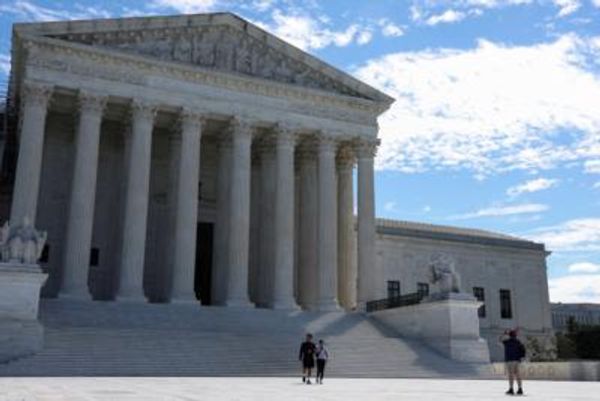
A crucial issue for the banking industry now that SVB (SIVB) and Signature Bank (SBNY) have failed is whether the crisis will blow over quickly or major problems at other banks will emerge.
Experts have mixed views. A retired executive of a major money-management firm offered TheStreet.com a pessimistic take.
“When something like this happens, scrutiny of the failed bank’s siblings and cousins goes up by a power of 100,” he said.
He noted investors’ focus in recent days on First Republic Bank, (FRC) whose stock has dropped 71% since March 8.
And Credit Suisse (CS) shares tumbled Wednesday, after the chairman of Saudi National Bank, which has a stake in the Swiss bank, reiterated its 2022 stance that it wouldn’t put in more money.
While Credit Suisse’s woes are unique, “the cost of not being well run has increased dramatically” for banks, the retired money manager said.
More Screen Time Begets Contagion
“There is contagion because of the additional screen time” analysts and investors are spending on investigating other regional banks beyond SVB and Signature, he said.
“I don’t think this is going away for a while because depositors are reducing their balances and investors are getting rid of [bank] debt.”
The retired money manager wasn’t impressed with regulators’ decision to make whole depositors with more than $250,000 in SVB and Signature. That amount is the maximum for which depositors can receive FDIC insurance.
And he wasn’t impressed by the Federal Reserve’s Bank Term Funding Program for banks to borrow from the Fed. The government securities that the banks use as collateral for those loans will be valued at par by the central bank. That saves the banks from losses on those securities.
“President Biden and the Fed are effectively nationalizing the banks,” the retired money manager said. “I think that will turn into a long-term moral hazard.” A moral hazard occurs when economic actors lack incentive to curtail their risk.
The Fed’s loan program might calm things down for the short term, but it doesn’t erase the banks’ losses on their bond holdings, he said. “It’s kicking the can. The taxpayer is on the hook.”
Another Expert is More Optimistic
Michael Sheldon, chief investment officer of Hightower RDM Group, views things a little differently.
SVB was at least a bit unusual in having a narrow customer base, concentrated in the technology industry, and in having mismanagement, he told TheStreet.com. “At first blush, it doesn’t look like many others should be put in the same bucket as SVB.”
The finances of other regional banks look better than SVB, Sheldon said. “The majority of banks have better liquidity ratios and a more diverse customer base, so they shouldn’t face the troubles SVB did.”
The bailout of big depositors at SVB and Signature and the Fed’s new loan program “allayed investors, at least temporarily,” Sheldon said. He sees value among banking stocks and is looking at shares of a money-center bank in particular.
To be sure, “other banks may need additional capital,” he said. “But from a market contagion standpoint, when it comes to asset-liability mismanagement and a concentrated deposit base, it doesn’t look like there will be major troubles for the regional bank industry.”







